The agony of choice
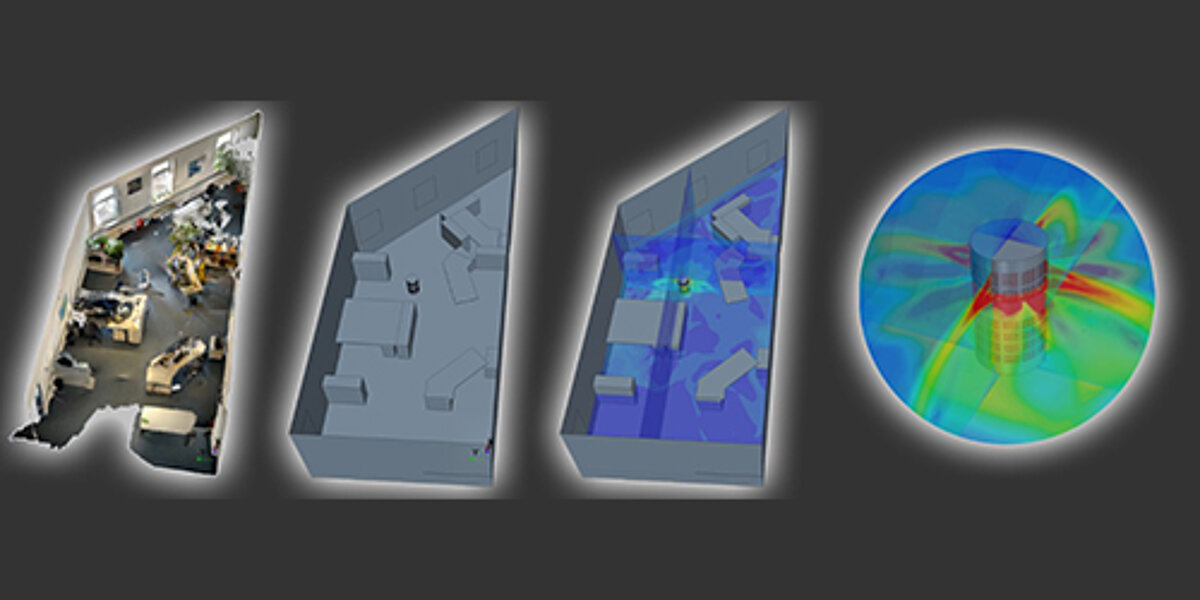
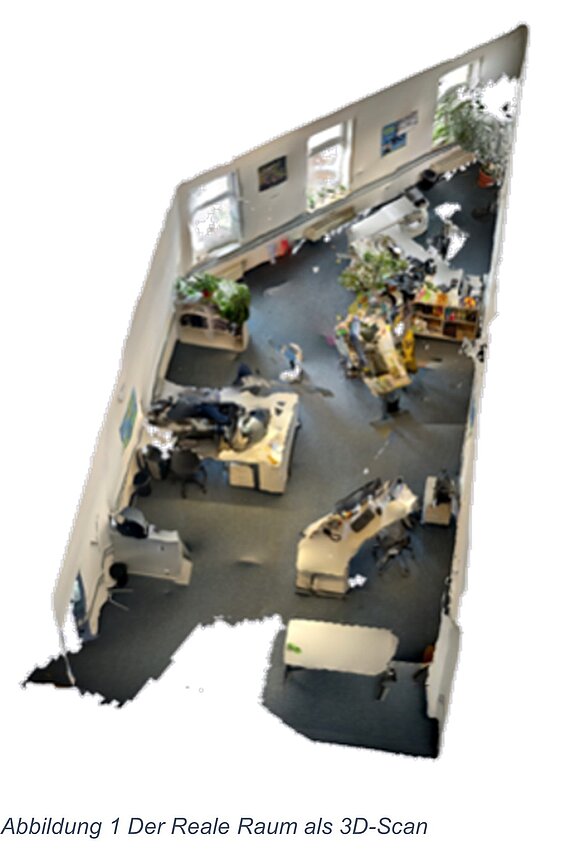
In order to be able to resume unrestricted operations in schools, public facilities, offices, etc., even with Corona, many places are considering using air filtration devices instead of tearing open the windows. The following questions arise:
- What's the point?
- How many do I need?
- Where should I put them?
These are questions that can be answered very well with the help of airflow simulation.
Unfortunately, there is no blanket answer; there are too many rooms and too many different devices on the market for that. The furnishings also play a role, as does any air conditioning in the room that provides air movement.
In order to map the physics via a flow simulation, you need the geometry of the room as a first step. Ideally, there is already a 3D geometry model of the room with furnishings. Since this is seldom the case, the furnishings are often missing in existing models and modeling based on 2D drawings in DIN A0 format is not really fun, there is a more practical way.
Without wanting to be surreptitious: an I-Phone 12 Pro with a LIDAR scanner helps here. Our experiences with it are far better than with more expensive scanners. However, the direct use of the data is too cumbersome. Therefore, we currently go the way of scanning the room and modeling the essential facilities. Human models can be placed at the tables, which looks nice, but is not absolutely necessary.
Without anticipating results: Flow rates of an air filtration device that can be expressed in angstroms per week without exponential representation are not suitable for filtering the room air appropriately. A minimum level of air movement is therefore required in any case.
It must also be avoided that the flow is short-circuited, i.e. that filtered air is immediately sucked in again.
If the air filters are equipped with blowers that are too large, there is a risk that there will be too strong a draught or that the air filter will be too noisy.
The furnishings, such as tables, cabinets, chairs and also plants play an essential role.
We were able to show in a previous blog that large filter systems work well. However, here there is a spatial separation between inlet and outlet, furthermore the flow velocities are relatively high there.
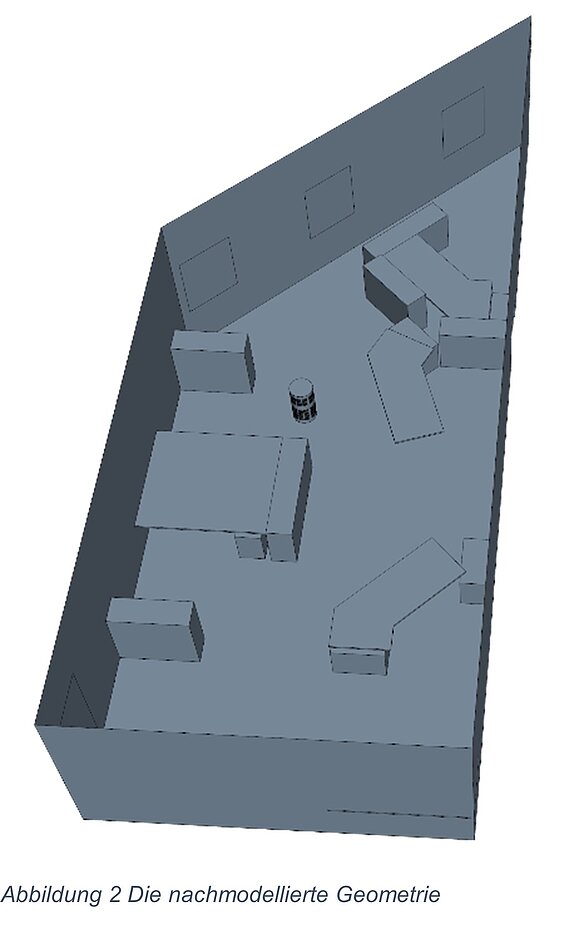
It is clear that there is a limit somewhere above which a smaller fan only costs money and soothes the conscience, but otherwise has no raison d'être.
If you know this limit, you can quickly evaluate what makes sense and what doesn't.
Currently, we are investigating the influence of open windows, the free convection of people in the room due to body heat and much more on the model shown here.
I will tell you more about this in a later blog.
Flow simulations can be very costly here. If the simulation is much more expensive than the equipment, the economics suffer. So it is important to derive generally valid statements that are not too dependent on the room.
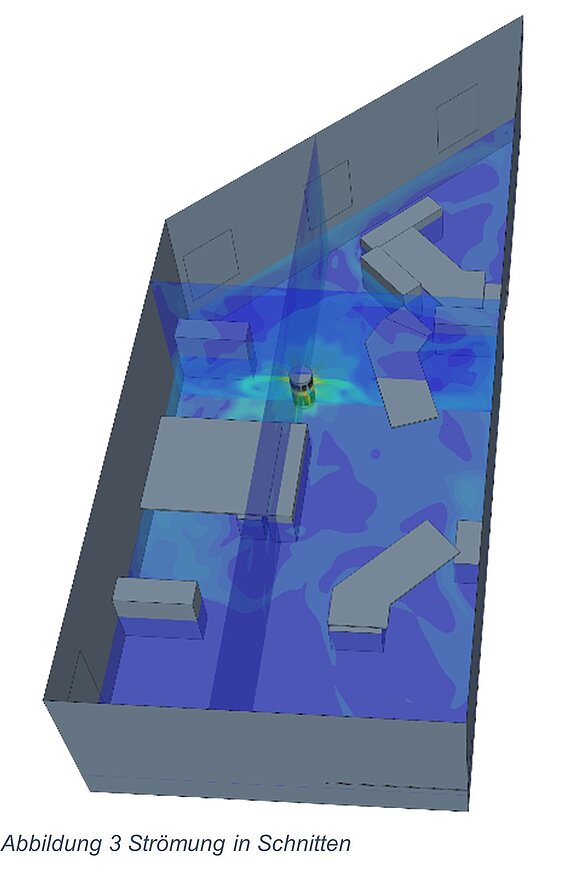
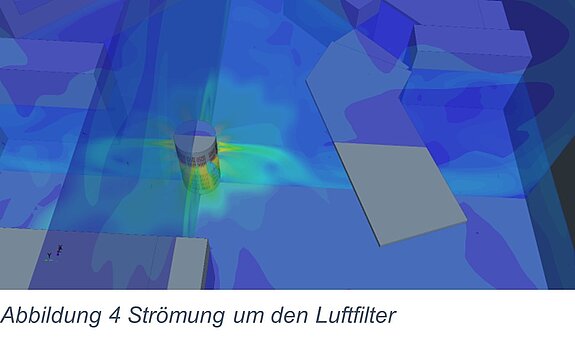
What in particular are you interested in here? We would be happy to take your suggestions to show which effects play a role.
Unfortunately, even after nearly a year and a half of Corona, policymakers have not come up with better solutions other than shutdown, vaccination, and masking. The technologies are there on how to reduce the risk of contagion. They just need to be used wisely.
The flow simulation helps to distinguish between the nonsensical and the sensible and to make this comprehensible and visible for the layman.
Spreading of the breathing air with the air filter unit switched on
Your Stefan Merkle

PS: I always welcome your comments and suggestions.